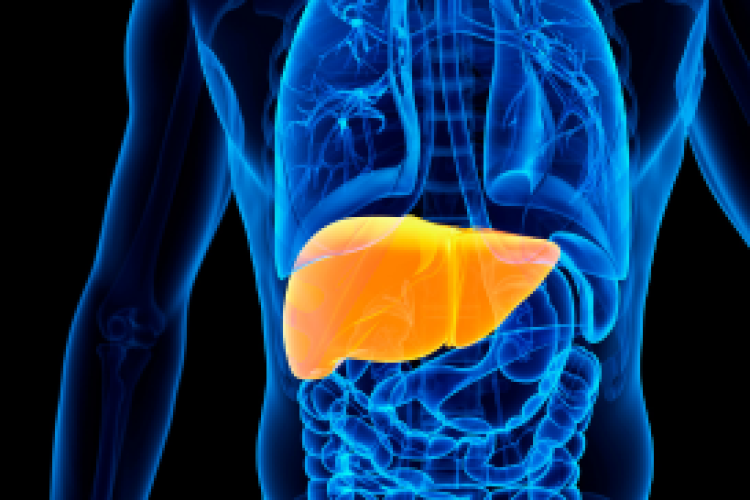
Each year, roughly 1 million Americans undergo a knee or hip replacement procedure. At the same time, joint replacement technology has become more advanced for faster recovery and better outcomes. Robotics, in particular, has played a significant role in improving patients’ overall joint replacement experience.
Montefiore Nyack Hospital’s Joint Replacement Center is a center of excellence consistently recognized with the Joint Commission’s Gold Seal of Approval.
Its robotic-assisted technology in the hands of its experienced surgeons has been a game-changer at the Center. Arup Bhadra, MD, Director of Orthopedic Robotics at Montefiore Nyack Hospital, shares how the two robotic technologies that the team at Montefiore Nyack Hospital uses helps patients advance from limitations to living life.
Precision makes perfect
As the only hospital in Rockland County to offer two robotic-assisted surgical systems, Montefiore Nyack provides surgeons with the most advanced tools for better patient outcomes.
Rosa is Zimmer Biomet’s Robotic Surgical Assistant, and Mako is the Smart Robotics system from Stryker. Both systems offer features considered in preoperative plans and then act as a guiding tool for increased preciseness during surgery.
ROSA uses a patient’s X-ray, and MAKO utilizes a CT scan to create 3-D images for surgical planning. Both robotic systems offer an individualized surgical plan and add precision to the procedure.
The process begins with imaging to create 3D images to capture the details of anatomy, underlying deformity. This helps the surgeon to pick the correct implant sizes, orientation to fit the patient’s anatomy. “Range of motion is one component, but most important, I think, is the benefit of making a more precise implant for that specific patient,” Dr. Bhadra said. “The level of precision we see today is better than ever.”
Both systems also increase patient opportunities, as Mako can be used for full and partial knee replacements as well as total hip replacements, whereas ROSA is used for total knee replacements. “Having the capability to do partial replacements is important, especially for young and active people who may only be in their 40s and 50s but are in need of the surgery,” Dr. Bhadra added. “Up until about 15 years ago, we were hesitant to offer younger patients this option, and very often, they had to continue to live with pain.”
A holistic approach to care
While robotics has had a significant impact on improving joint replacements, Dr. Bhadra said it is just one component of a comprehensive program designed for success. At Montefiore Nyack, a multi-disciplinary team consisting of Hospitalist (Medical Doctor), anesthesia team, physical therapist, community nursing and home care service work cohesively with the common goal of putting the patients back to their feet quickly and safely. Beginning with the initial consultation, joint replacement patients receive education on the process from preoperative preparation, medical and cardiac optimization, post-operative instructions, and the regiment of physical therapy, all part of the program designed to assist with successful results.
Joint replacements could be painful during immediate postoperative period, Montefiore Nyack uses a multi-modal pain management system that, with robotics and robust physical therapy, is key to optimizing patient outcomes. Pain management starts when a nerve block injection, or regional anesthesia, is administered before the surgical procedure begins. These anesthetics help patients feel less groggy than undergoing general anesthesia, enabling them to wake up and start moving sooner.
During the procedure, a surgeon administers pain medication in the joint, oral medications are given after surgery for nerve stabilization, oral anti-inflammatory to reduce local tissue swelling and pain and all these help patients feel well enough to begin physical therapy within few hours of surgery.
Patients generally take their first steps within a few hours after surgery and are usually released from the hospital after one or two days. A physical therapist will provide therapy at the patient's home for the next two weeks.
Is it time for a joint replacement?
People often wonder whether it is time for a knee or hip replacement. In many cases, they have probably exhausted pain medicine injections and other pain management approaches. They have also had a history of pain and stiffness in the joint, Dr. Bhadra explained, with limitations to mobility and decreased capacity to walk.
“We’ll hear people say ‘I can’t play with my grandchildren anymore’ or that they don’t like to go shopping. They tell someone they want to sit in one place and be picked up after the shopping is done; and with advanced osteoarthritis, it's hard to sit for a long car ride or go down on stairs, too,” Dr. Bhadra said. “It’s important for people to know that we have these advanced capabilities right here in their backyard. You don’t have to go to a big city hospital to get advanced technology and expert care.” “Many patients are apprehensive about surgery but once they recover, they often say I wish I had the courage to get the replacement done sooner, its nice to walk pain free again”- Dr Bhadra said.



 Upcoming Events
Upcoming Events



